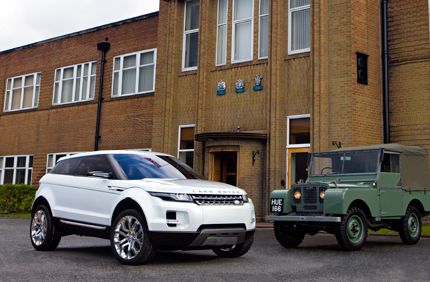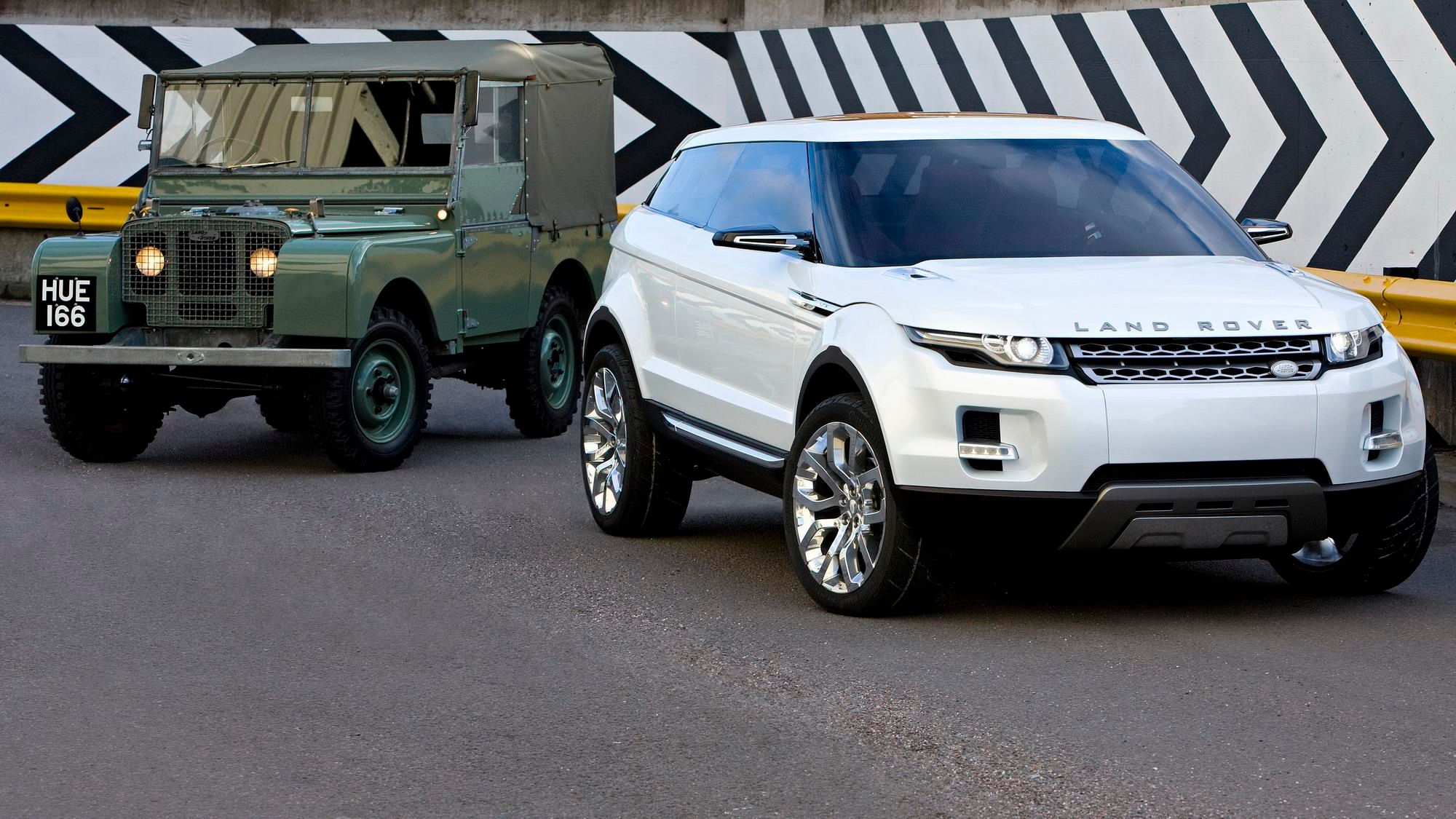60 years ago today, a motoring icon made its public debut, when the original Land Rover was shown at a motor show in Amsterdam, on April 30, 1948. The current Defender is clearly descended from that first vehicle, now known as a Series 1. Extraordinarily, they even share a couple of original parts, an oil filler plug and a cleat for tying down the canvas roof. But the rest of the vehicle technology has moved on considerably.
Today, Land Rover goes from strength-to-strength, with a five-model line-up headed by the Range Rover, and record global sales of over 226,000 vehicles in 2007. The company recently received an early birthday present, in the form of two Queen’s Awards for Enterprise. The first, for 'International Trade', was given in recognition of export sales of nearly £4 billion per annum to 147 countries, with markets such as China and Russia driving major growth. The second, for 'Innovation', was awarded for Land Rover's acclaimed Terrain Response system. At the twist of a knob, this sets up the vehicle's engine response and traction systems to maximise performance on all terrains - the electronic equivalent of having an expert instructor alongside the driver.
The company recently received an early birthday present, in the form of two Queen’s Awards for Enterprise. The first, for 'International Trade', was given in recognition of export sales of nearly £4 billion per annum to 147 countries, with markets such as China and Russia driving major growth. The second, for 'Innovation', was awarded for Land Rover's acclaimed Terrain Response system. At the twist of a knob, this sets up the vehicle's engine response and traction systems to maximise performance on all terrains - the electronic equivalent of having an expert instructor alongside the driver.
Success Story
Land Rover is an outstanding British engineering and manufacturing success story. Its manufacturing plants at Solihull (near Birmingham) and Halewood (near Liverpool) and its R&D facilities in the English Midlands, employ a workforce of 8,500 - and the company helps support an estimated further 40,000 jobs through automotive suppliers.
Since the first Series I model rolled off the production line at Solihull, the vehicles created by Land Rover have defined the 4x4 market. In 1970, the company introduced what's been called the most significant 4x4 vehicle ever, the Range Rover – the first 4x4 to be equally capable on-road as off-road. Now, alongside the Range Rover and Defender, sit the Discovery 3 (LR3 in some markets), Freelander 2 (LR2) and Range Rover Sport.
Land Rover's spirit of adventure has been evident from the earliest days. Adventurers, farmers, scientists, naturalists, and outdoor sport enthusiasts have all used Land Rovers' capability to access some of the world's most inhospitable regions. For 60 years, the company's vehicles have also worked for a multitude of humanitarian and conservation organisations, represented today by Land Rover's formal ties with the Born Free Foundation, Biosphere, Earthwatch, the Royal Geographical Society (with IBG), and the China Exploration and Research Society.
Phil Popham, Land Rover's Managing Director, commented, "Land Rover’s history is a long and illustrious one – and the future is just as exciting. We are committed to maintaining our relevance and meeting the needs of our customers in a changing global environment. Earlier this year, we unveiled a glimpse into our possible future - the diesel hybrid LRX cross-coupe concept. This signals that Land Rover will continue to evolve, with capability, premium values and sustainable motoring at the top of the agenda."

